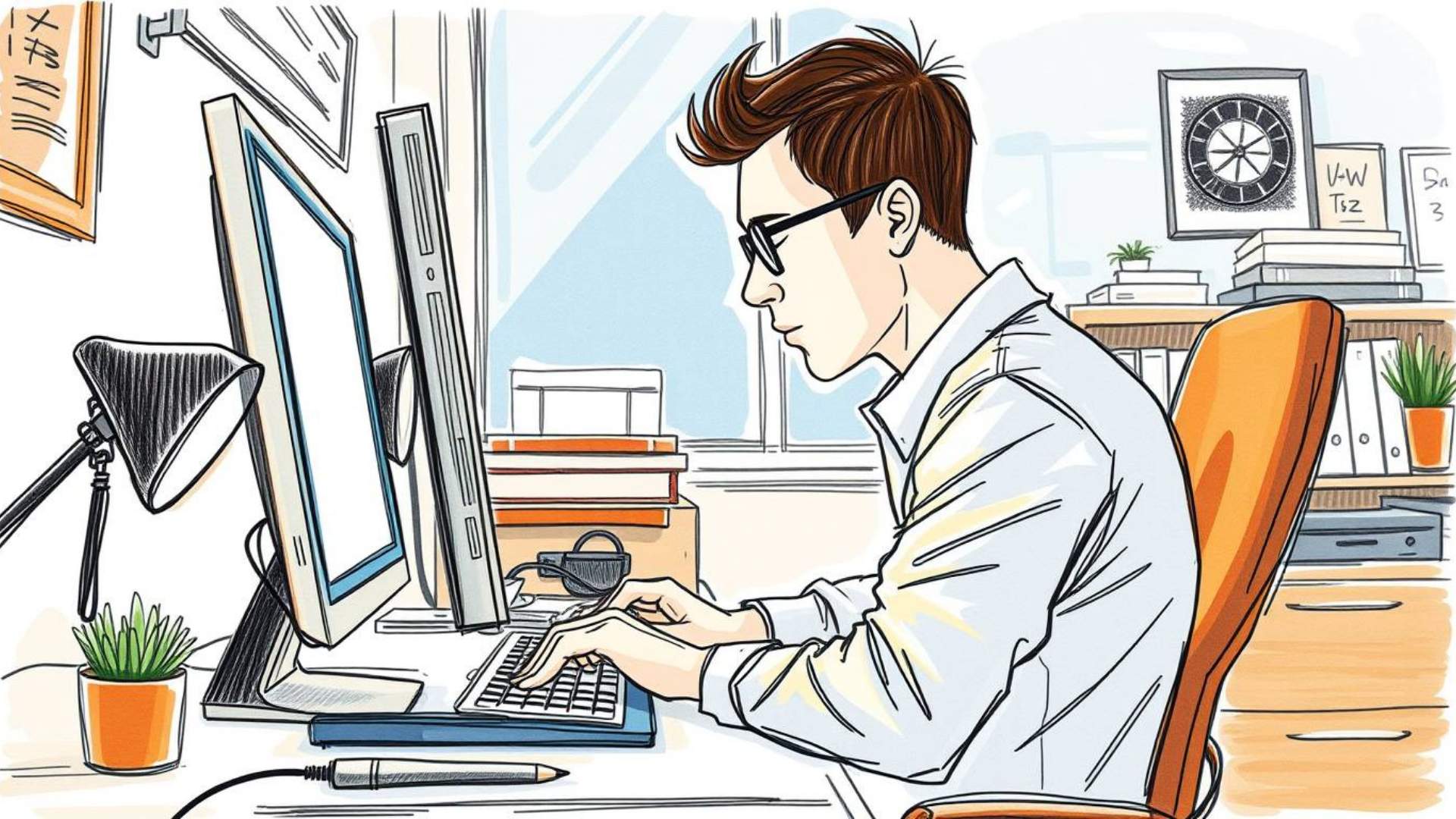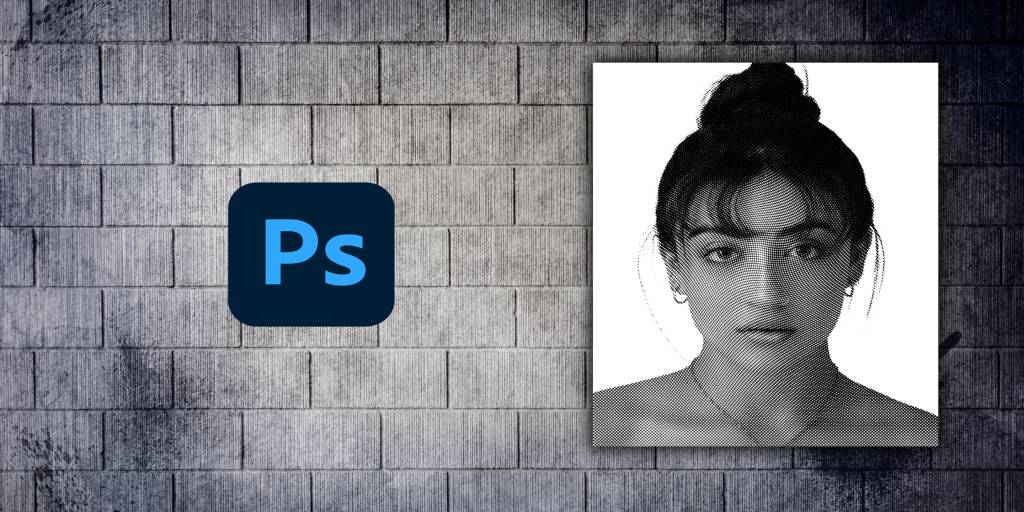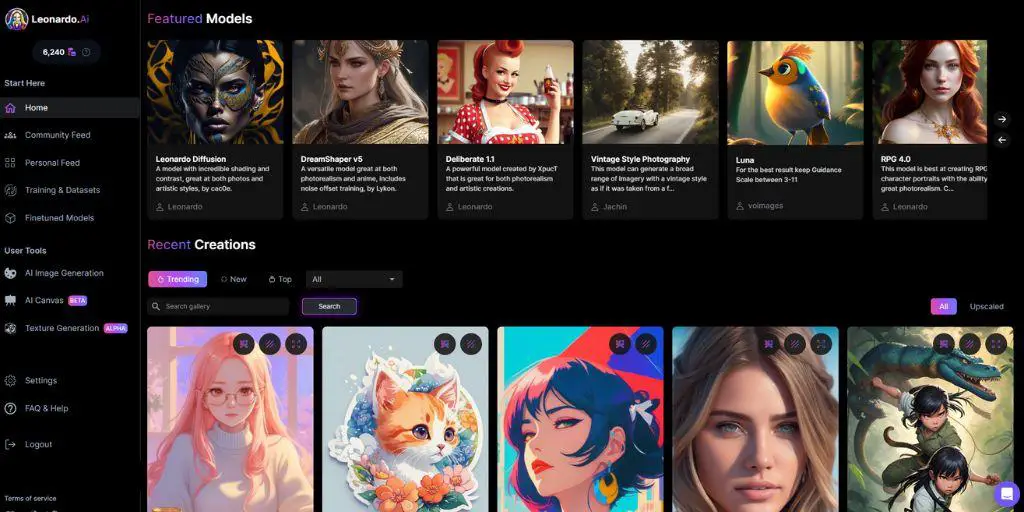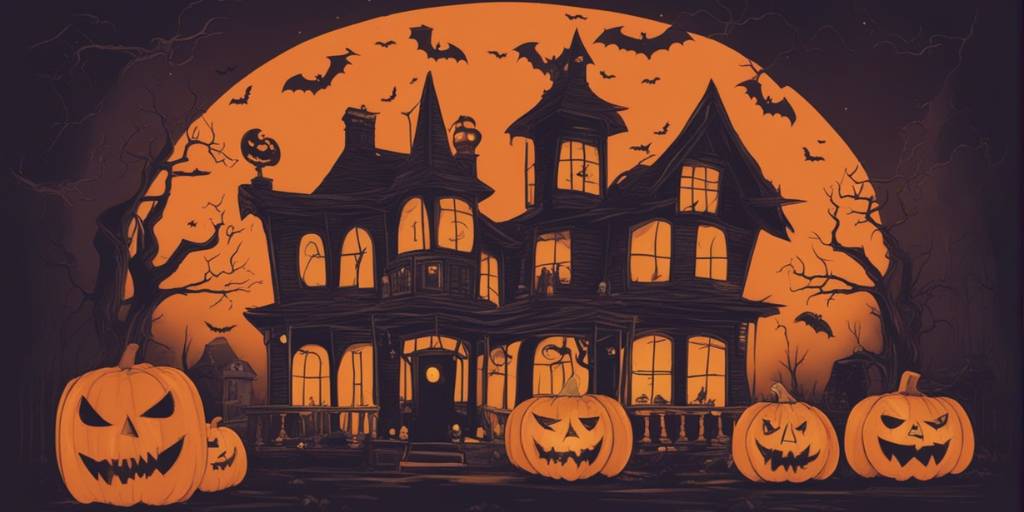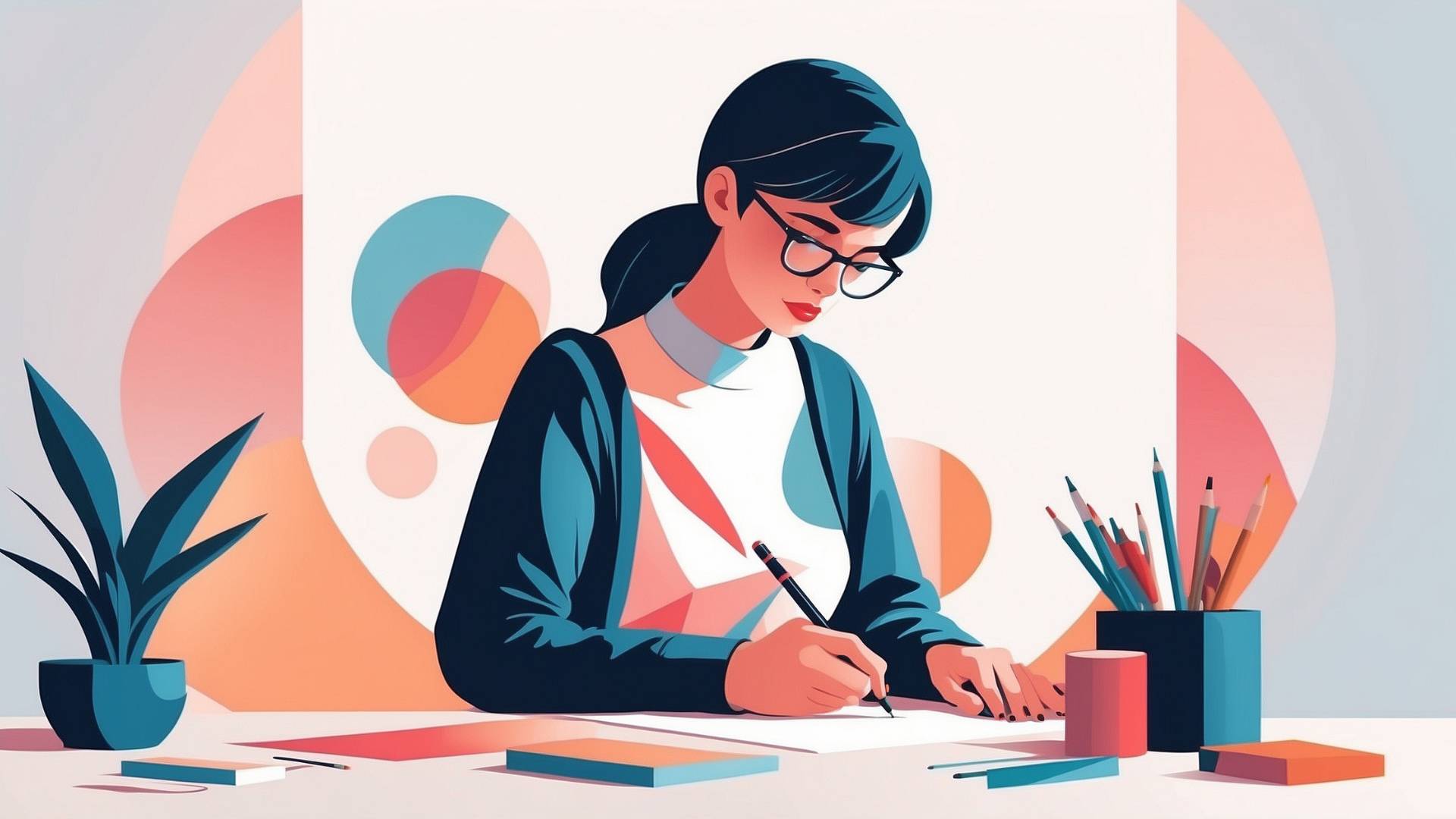Ever scrolled past a stunning Instagram post where the text sits perfectly behind someone’s head or a product?
It looks like something only a Photoshop pro could do.
Here’s the secret: you can pull this off in Canva, even if you just signed up today.
I’ll show you exactly how. And by the end of this guide, you’ll not only know the step-by-step method, but also a couple of tricks that make the effect look polished and professional.
But first, let me tell you why this little design trick completely changed how I make visuals.
The First Time I Tried This, It Was a Disaster
I still remember my first attempt.
I wanted to make a YouTube thumbnail where the word “WOW” was sitting behind my coffee cup.
I typed the word, added the photo… and then?
I had no idea how to tuck the text behind the cup without it looking weird. I tried random buttons in Canva, dragged layers up and down… and ended up with a jumbled mess.
I nearly gave up.
But a few minutes later, I stumbled on the exact feature that makes this possible. Once I used it, I went from “messy amateur” to “wait, did I just make this look like a pro thumbnail?”
And that’s exactly what I’m about to walk you through.
Text Behind an Object in Canva – Tutorial
If you want, I have also made a video tutorial about this topic, and you can watch it below.
Step 1: Open Canva and Choose Your Canvas
Open Canva.
If you’re totally new, just create a free account.
Then, pick a size for your design:
- Instagram post? Try 1080 x 1080 px.
- YouTube thumbnail? 1280 x 720 px works perfectly.
- Custom poster? Pick a large canvas so you have room to play.
Pro tip: A blank template works best for this trick. You want full control over where your subject and text go.
Step 2: Choose a Photo with a Clear Subject
This trick works best when your image has one clear focus:
- A person
- A product
- An animal
Why? Because the text needs to peek from behind something recognizable.
If your background is too busy, the effect won’t pop.
Example: I once tried this with a crowded street photo. My text looked like it was hiding behind random cars instead of something intentional.
Lesson learned: simple backgrounds win.
Step 3: Add Your Text
Now comes the fun part.
Click Text in Canva and type your word or phrase.
Make it bold and simple.
- Short words work best
- All caps look great
- Bold fonts like Poppins Extra Bold or Anton grab attention
If your text is too thin or decorative, it’ll disappear behind the object and lose the effect.
Optional magic touch: Add a shadow effect to your text.
- Click “Effects” → “Shadow”
- Adjust the blur, angle, and color until the letters stand out
It’s not required, but it often makes the design more readable.
Step 4: Duplicate Your Image
Here’s the part that makes the whole trick work.
- Click your image.
- Hit Control + D (or the Duplicate button in Canva).
Now you have two identical images stacked on top of each other.
You might be wondering:
“Why do I need two?”
Because one will sit behind the text… and the other will sit in front of it, acting like the object that hides your letters.
Step 5: Remove the Background from the Top Image
This is the “wow moment.”
- Select the top image (your duplicate).
- Go to Edit Photo → Background Remover.
Canva will magically cut out your subject—like a person or a product—and delete the background.
When it’s done:
- The original image stays behind the text with the background
- The cut-out image sits on top, hiding part of the text
Move your cut-out image exactly where the original was.
Suddenly, your text looks like it’s tucked behind your subject.
Step 6: Fine-Tune and Adjust
Take a step back and look at your design. Ask yourself:
- Does the text feel readable?
- Does it look natural behind the subject?
- Is the subject still the star of the image?
Pro tip: Nudge your text slightly left or right until it looks intentional.
Sometimes, even moving letters a few pixels can change “meh” into “wow.”
Step 7: Save and Share Your Design
Once it looks right:
- Click Share → Download
- Choose PNG for the sharpest result
Or share straight from Canva to your social media.
The Trick Gets Easier Every Time
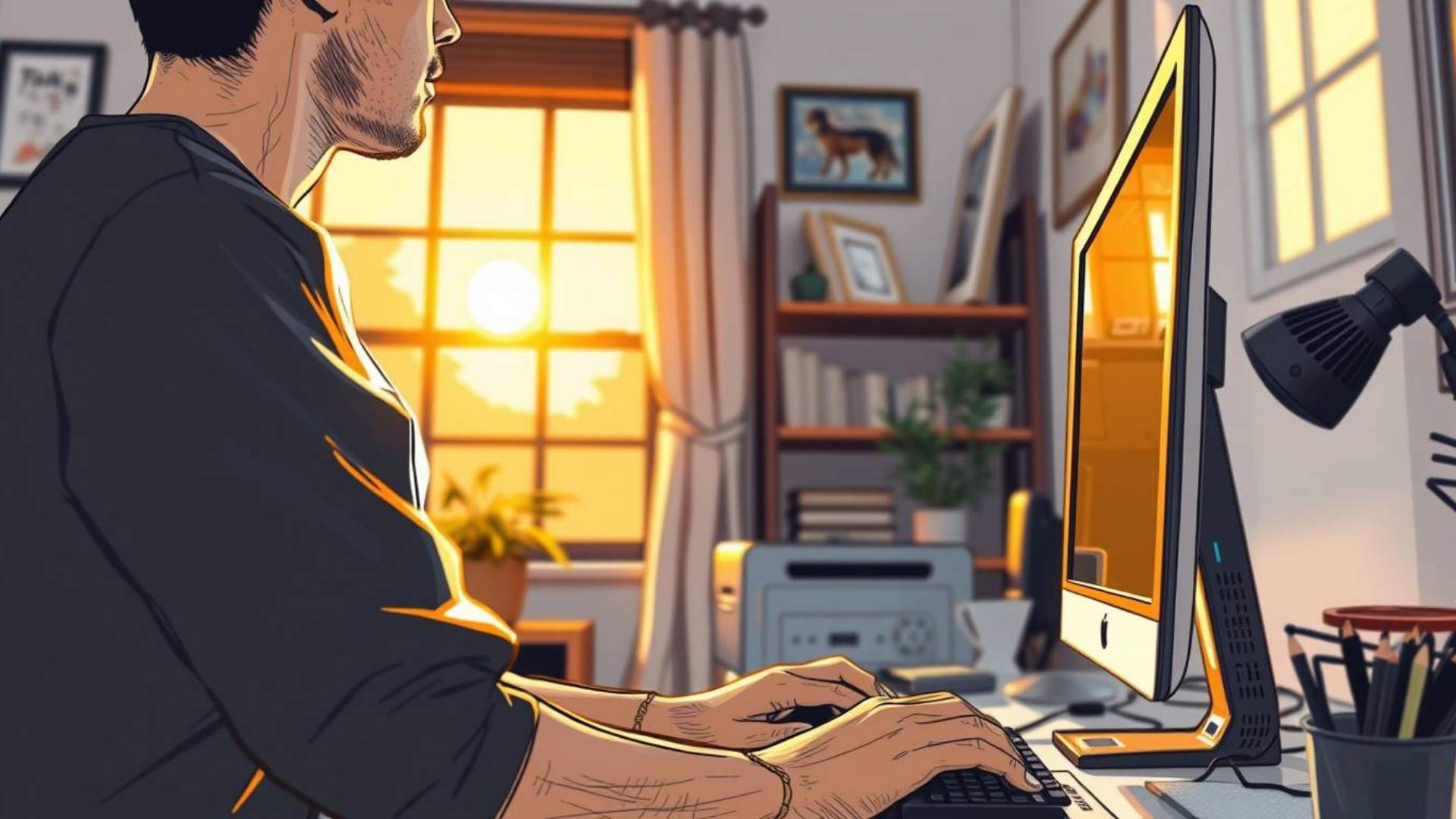
The first time, it feels like something incredible.
The second time, you’ll do it in 90 seconds.
And once you’ve tried this with a few photos, you’ll start spotting images that are perfect for the effect.
- Solo product shots
- Lifestyle portraits
- Minimalist backgrounds
I now use it all the time for YouTube thumbnails and Instagram posts. People DM me saying, “How did you make your text sit behind you like that?”
Bonus: Make It Pop Even More
If you want the effect to really jump off the screen, try these:
- Gradient text: Adds subtle color depth.
- Extra shadow on your cut-out: Helps separate the subject from the text.
- Glow effect on text: Makes it readable even on busy backgrounds.
None of these are required, but small touches like this take your Canva skills from beginner to “friend-who-gets-asked-for-design-help.”
Why This Works So Well
Here’s the secret behind why this simple Canva effect works:
It adds depth.
Most beginner designs are flat, text on top of a background.
But when your text interacts with your subject, the viewer’s brain lights up.
It looks polished. Professional. Like you spent hours in Photoshop.
But you didn’t.
My Last Piece of Advice
When you first learn a trick like this, it’s tempting to use it everywhere.
I did that. My first week of using this effect, I had text behind my coffee mug, my dog, my laptop… even my lunch.
Then I realized: less is more.
Save this technique for when you want your design to really pop.
Use it on:
- Social posts that need to grab attention
- YouTube thumbnails that need clicks
- Posters or ads where the subject is the hero
Because when used right, this trick doesn’t just look cool… it makes people stop scrolling.
Ready to Try It?
Open Canva, grab a photo with a clear subject, and walk through these steps.
You’ll go from beginner to “how did you do that?” designer in about five minutes.
And if you mess it up the first time?
That’s normal. I did too.
But after the second or third attempt, you’ll never forget how to put text behind an object in Canva.
And the next time someone asks if you know Photoshop?
You can just smile.
BONUS FOR YOU: Get the Digital Product Starter Kit and start building your own online business today.
Here Are Some of My Favorite Tools For Print-on-demand
As a graphic designer and POD seller, I’ve had the opportunity to discover different helpful products and tools that can be time-saving and make the process of creating your designs a bit smoother.
DESIGNS: Kittl (best for t-shirt designs), Vexels (for professional designs), Placeit (for unique product mockups)
GRAPHICS: Creative Fabrica (cheapest marketplace), Envato Elements (more variety)
SELLING DESIGNS: Creative Fabrica (for advanced graphic designers)
ETSY:
- Research – Alura (best), ProfitTree ( beginners)
- Fulfillment – Printul (beginners), or Printify (advanced).
Disclosure: Some of the links above may contain affiliate partnerships, meaning, at no additional cost to you, NechEmpire may earn a commission if you click through to make a purchase.
- How to Highlight an Image with a Glowing Neon Frame in Canva - December 13, 2025
- How to Curve & Wrap Text Around a Circle in Canva (Step-by-Step Tutorial) - December 13, 2025
- How To Remove Background In Canva Mobile App - September 4, 2025

